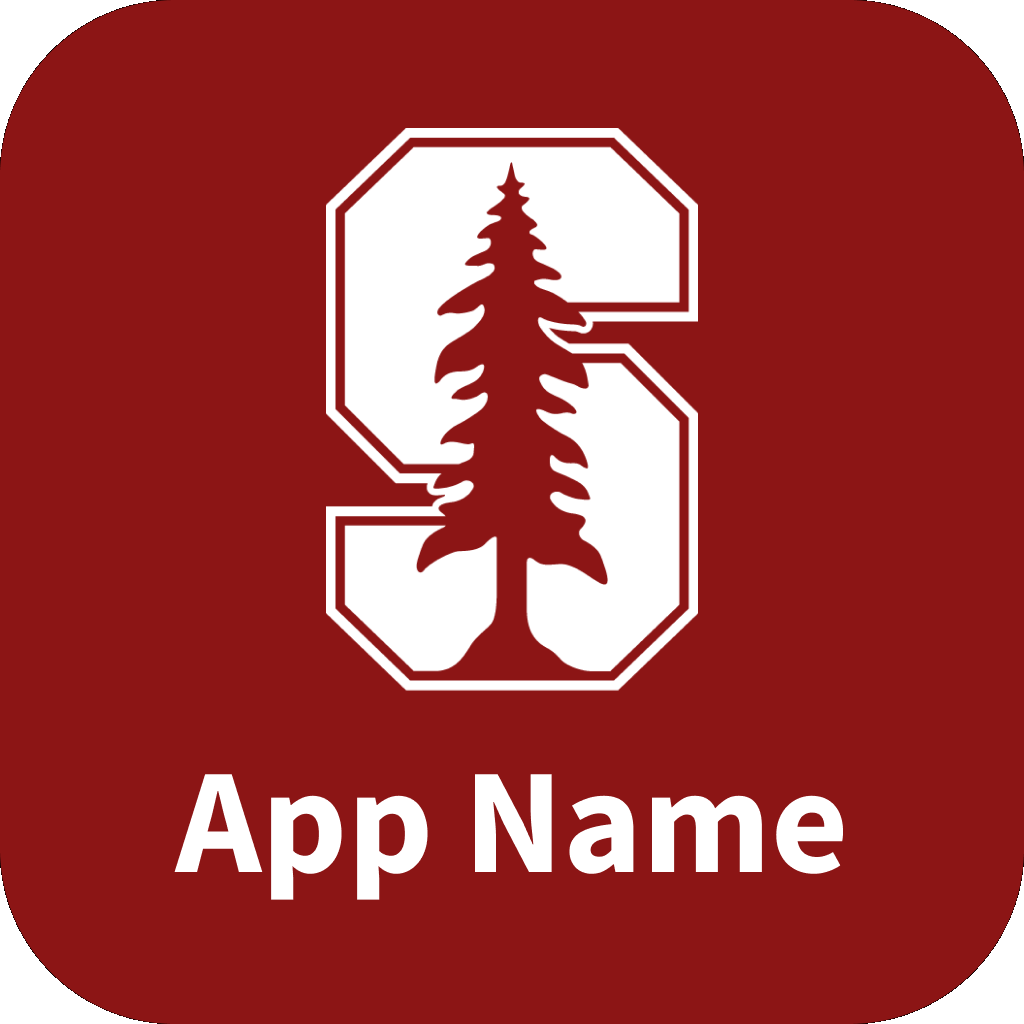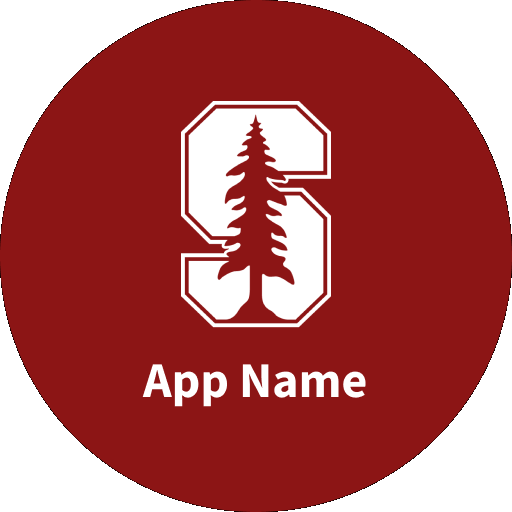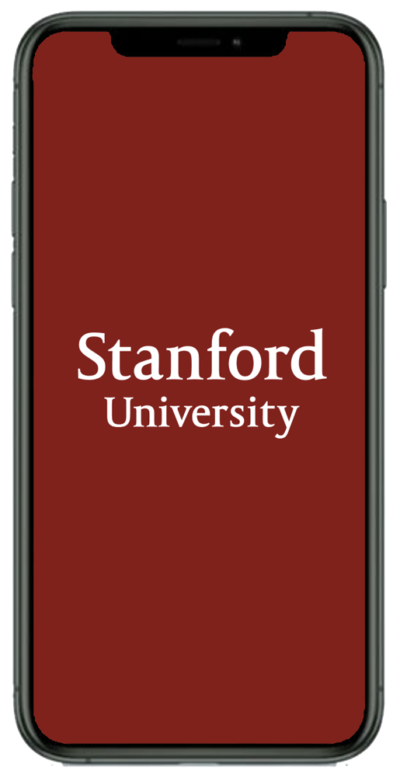The following information is intended to help guide the use of Stanford’s visual identity for mobile applications.
The mobile app's business owner or primary stakeholder at Stanford must confirm that all new mobile apps assets follow these standards and is accountable for compliance.
Submit ServiceNow request for Stanford developer account access



